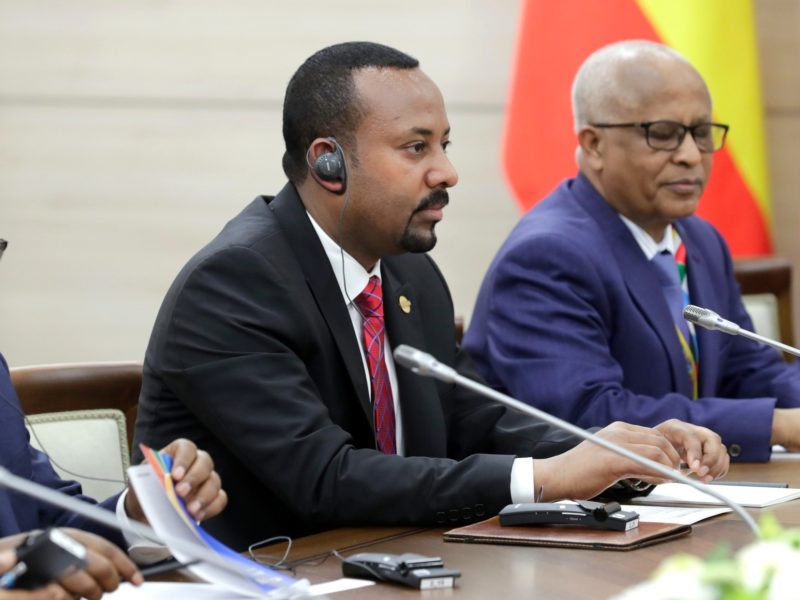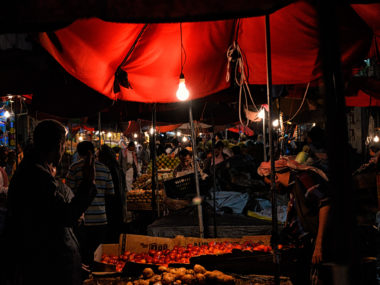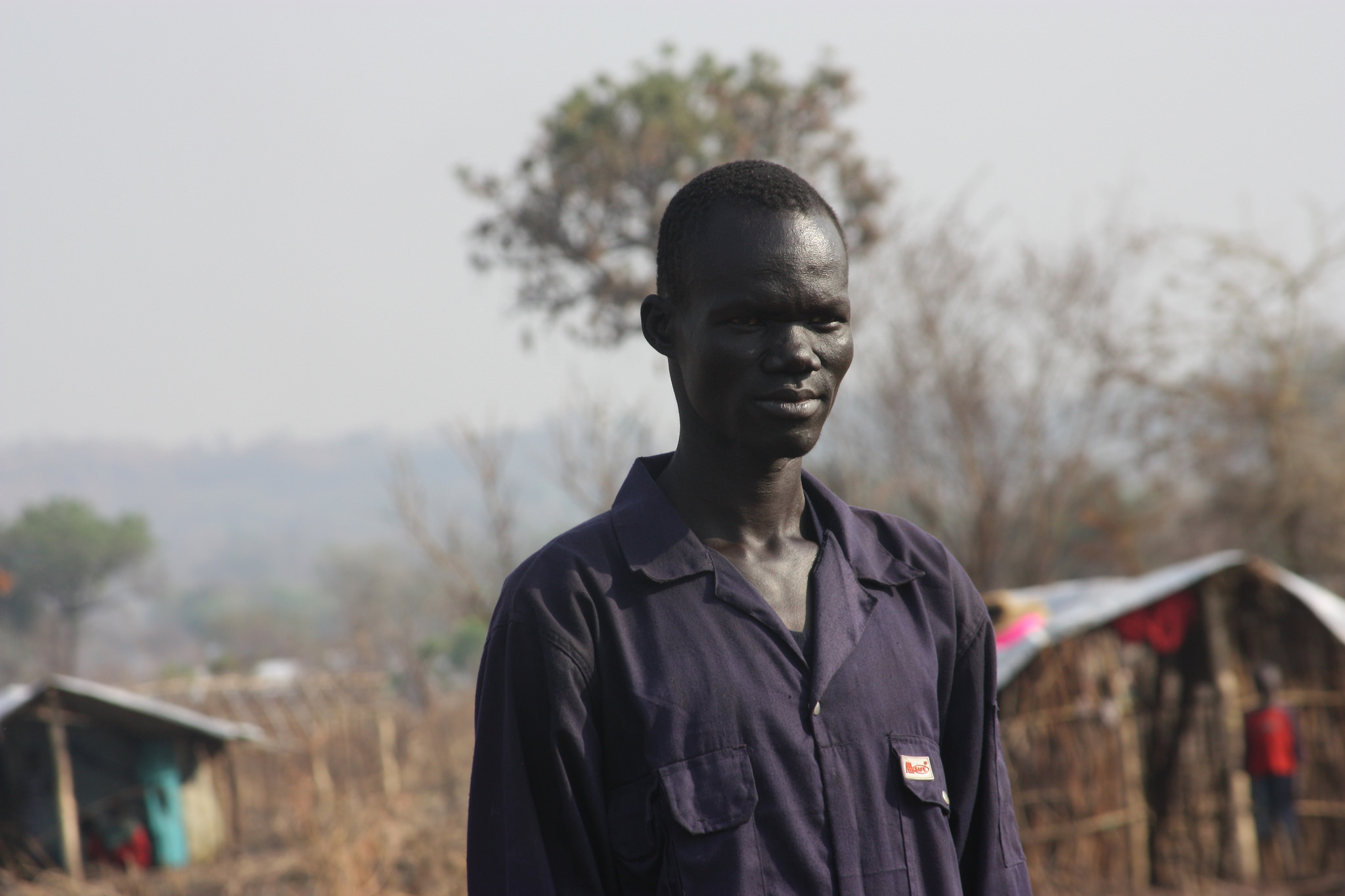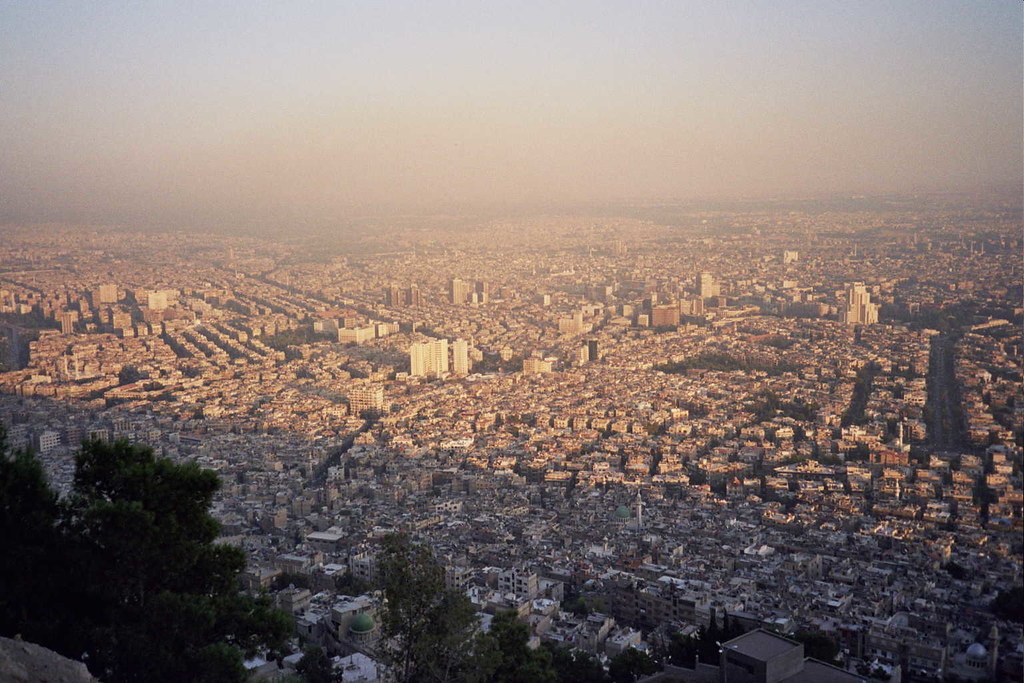Guest post by Nils-Christian Bormann
Do civil wars spread—and where? Political scientists have demonstrated sizable evidence of contagion across borders. Transnational flows of weapons, fighters, refugees, and information can lead to the diffusion of civil war, particularly in weak states. Yet intrastate armed conflicts can also diffuse within a country’s borders, especially in large, multi-ethnic states such as Russia, India, Indonesia, and Ethiopia.
On November 4, 2020, the Prime Minister of Ethiopia and winner of last year’s Nobel Peace Prize, Abiy Ahmed, announced a “military operation” against the Tigray Political Liberation Front (TPLF) in the north of Ethiopia. After the TPLF had lost most of its influence in the central government in 2018, and following months of simmering tensions, the Ethiopian government and the TPLF are now fighting each other.
The two-week-old armed conflict has already led to the killing of civilians, drawn in neighboring Eritrea, and triggered thousands of Ethiopians to flee to Sudan. International observers are rightfully concerned with de-escalation and containing the spread of the conflict across international borders.
But there is another risk: the potential spread of intrastate armed conflict within Ethiopia. In the Financial Times (gated), Payton Knopf, senior adviser to the Africa program at the United States Institute of Peace, sees “eerie similarities” between Ethiopia and the former Yugoslavia, which, like Ethiopia, was a multi-ethnic federation. In the latter case, the Slovenian declaration of secession in 1991 triggered armed conflicts between the Serb-dominated Yugoslav government and Croat and Bosnian ethnic groups.
How likely is it that the Tigray conflict will spark additional rebellions by other ethnic groups in Africa’s second-largest country? Studies by Matthew Lane as well as Jesse Hammond and myself shed light on two ways conflicts spread in multi-ethnic states.
Lane’s research emphasizes that armed conflict spreads to other ethnic groups because it concentrates limited government resources on early challengers. In fact, Lane describes the emergence of the TPLF in the 1970s as a result of the opportunity for mobilization provided by other rebellions that distracted the Ethiopian government at the time. The more armed conflicts a government has to deal with, the greater the likelihood of additional rebellions. Indeed, Lane’s research shows that new armed conflicts are most likely to emerge geographically close to the initial conflict rather than farther away. The availability of weapons, along with the spread of fighters and ideas, increase opportunities for previously uninvolved groups to mobilize against the government.
My own work with Jesse Hammond confirms the insight that an increasing numbers of ethnic challengers leads to a greater risk of diffusion. We also find that longer-lasting armed conflicts between the government and an ethnic challenger increase the risk of additional rebellions, regardless of the conflict’s location. The longer a government fights an armed challenger, the more resources it spends and the more it reveals its inability to defeat other armed actors.
Rebellions create opportunities for more rebellion; they also create grievances, which themselves fuel conflict. Ethnic groups affected by fighting between a government and a challenger, or by counter-insurgency efforts, are more likely to take up weapons to defend themselves. More importantly, conflict tend to spread among already aggrieved groups. We only find an increased risk of conflict spread to groups that are excluded from central power by the government.
What does this mean for Ethiopia? Given Tigray’s location in the far north of the country, its territory borders only few other ethnic groups within Ethiopia, among them the country’s second-largest ethnic group, the Amhara. However, Amhara’s political elites are included in the central government, and support Prime Minister Abiy Ahmed’s agenda.
A greater risk of spread may exist for the Afar ethnic group, whose territory borders Tigray in the east. While controlling their own regional state, the Afar have long been excluded from central power and fought an armed conflict against the government in 1996. Disputes about land use between the Amhara and Afar might pit the Afar against the central government.
Finally, existing self-determination movements and ongoing violence in other parts of Ethiopia raise the risk that new violent challengers will emerge. This risk will increase if the TPLF manages to resist the Ethiopian armed forces for an extended period of time.
The international community thus needs to focus on both de-escalation and containment of the armed conflict in Tigray. A special focus should be paid to previously restive groups within Ethiopia. While Abiy Ahmed’s government initiated negotiations with recent challengers in 2018 (Ogaden, Oromiya), the international community should encourage the Ethiopian government to continue pursuing these talks.
Nils-Christian Bormann is Professor of International Political Studies in the Department of Philosophy, Politics and Economics at Witten/Herdecke University.






